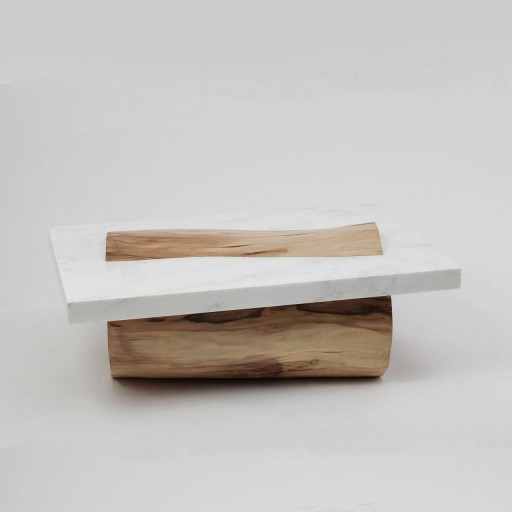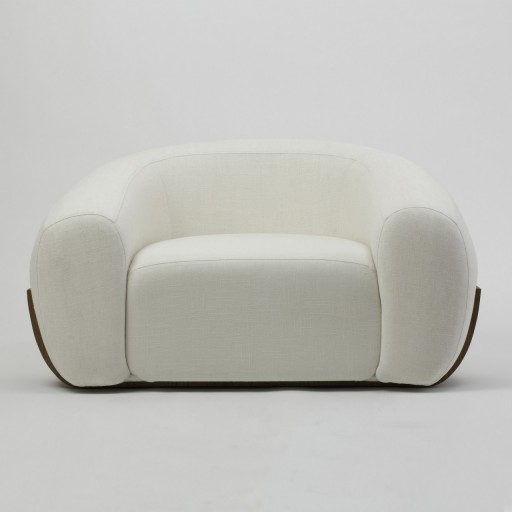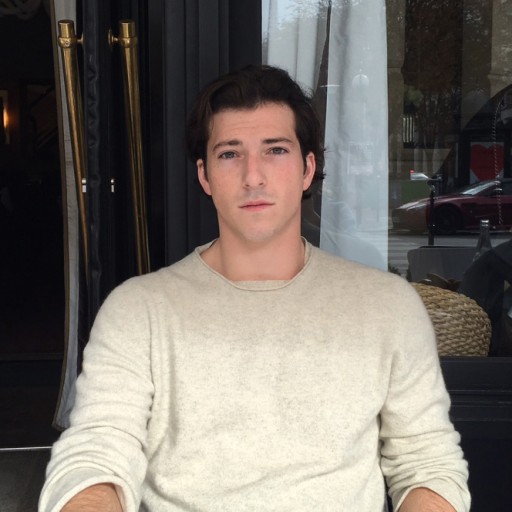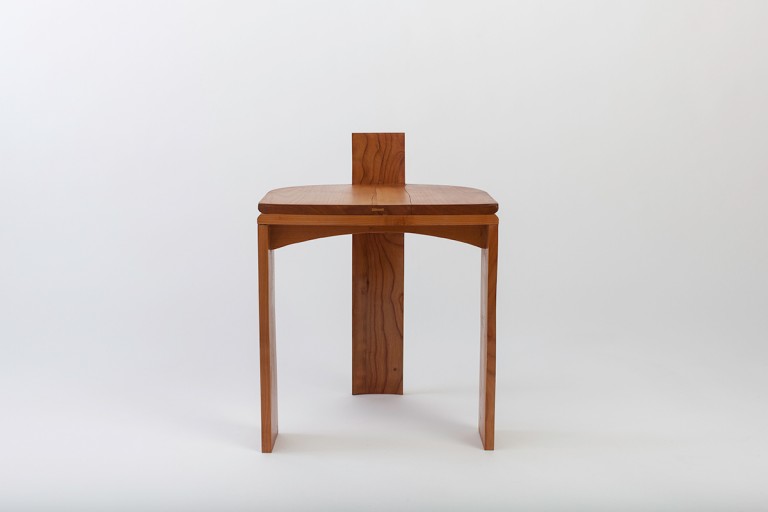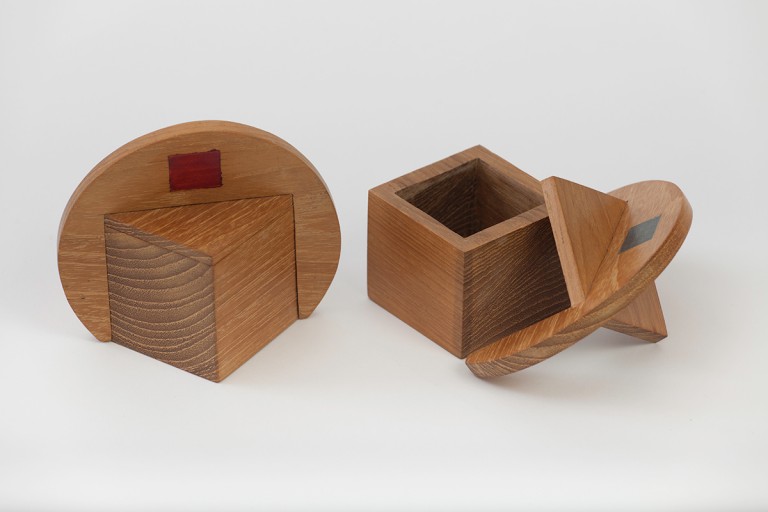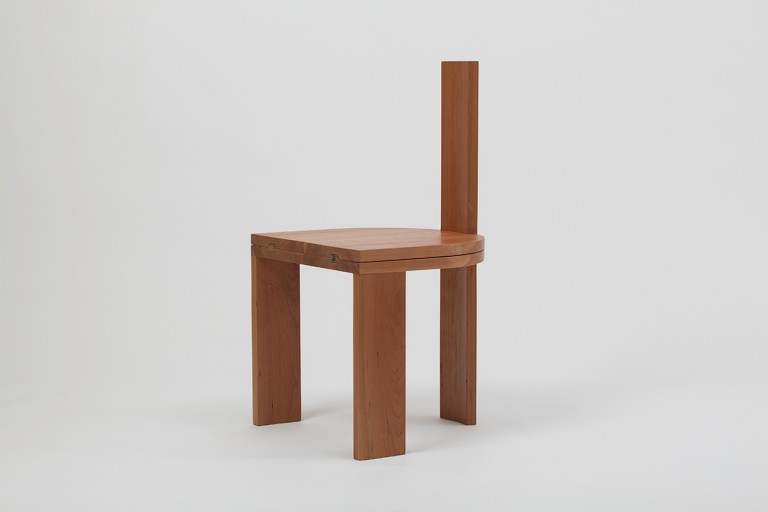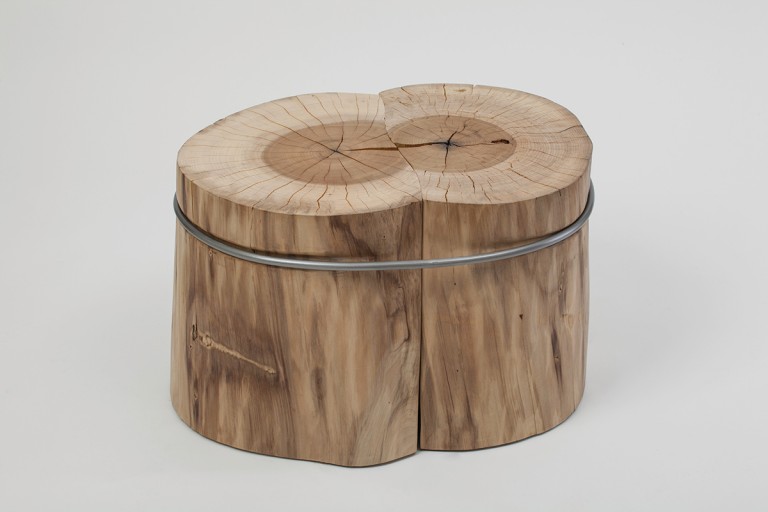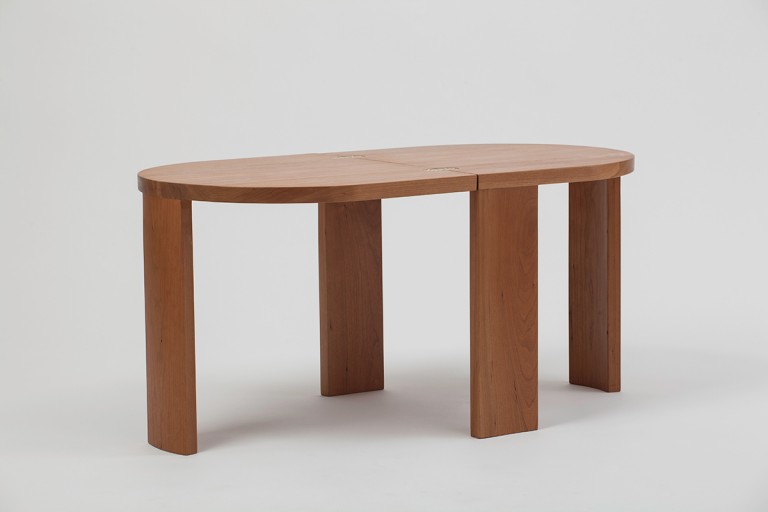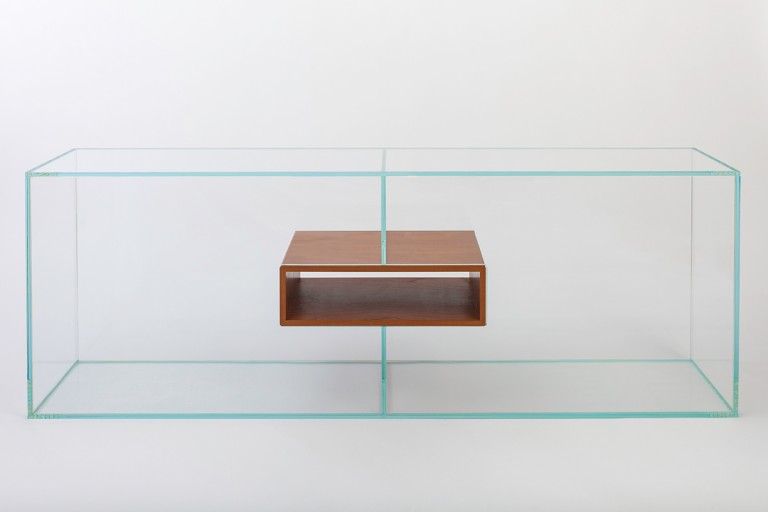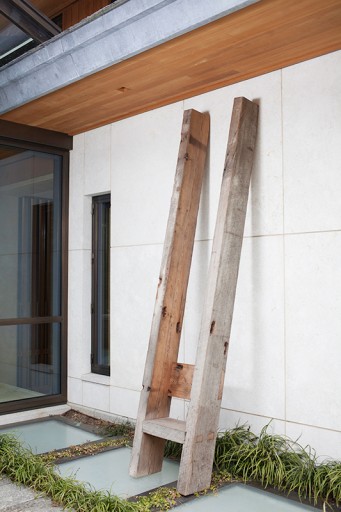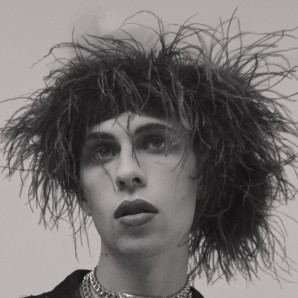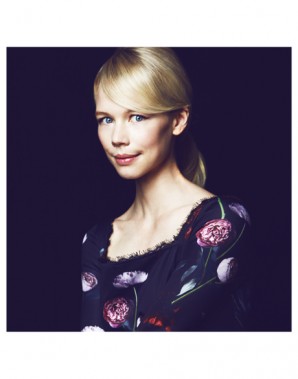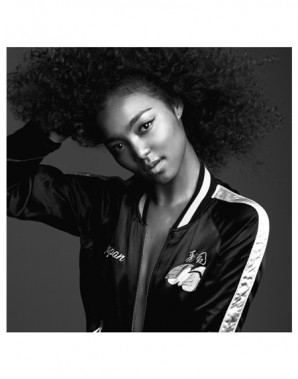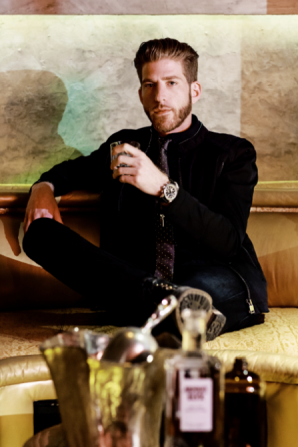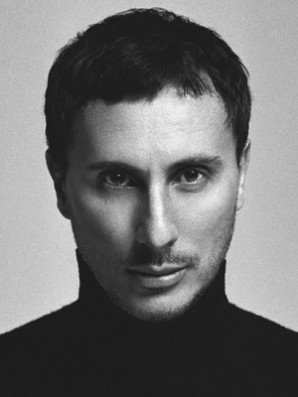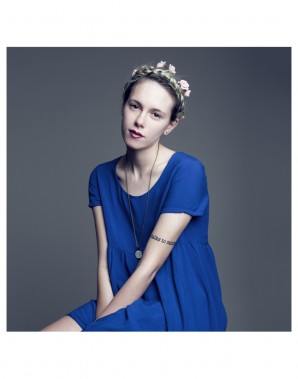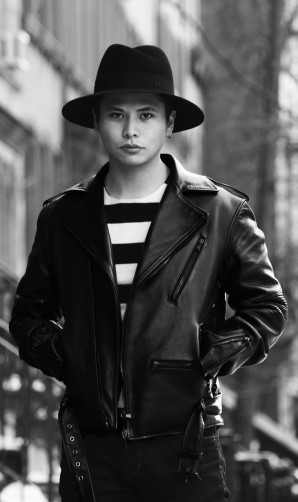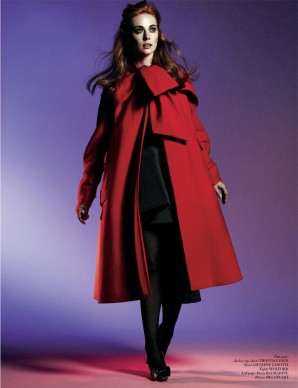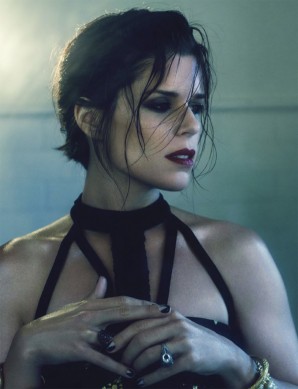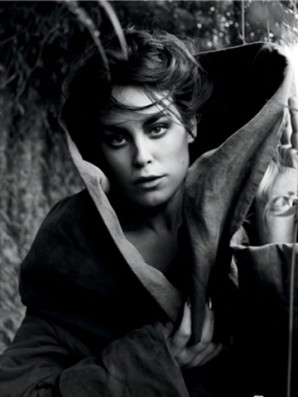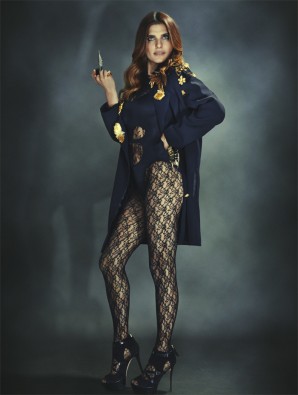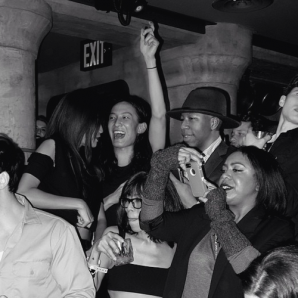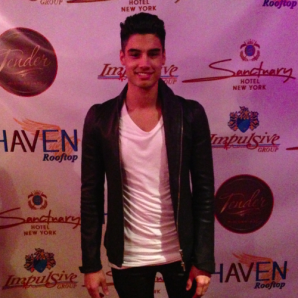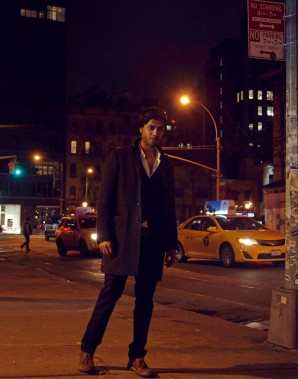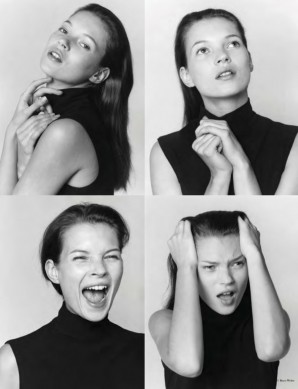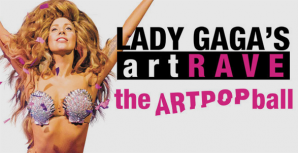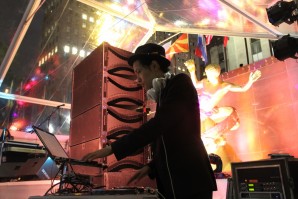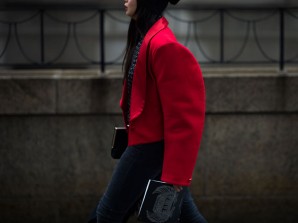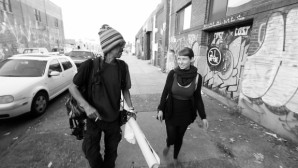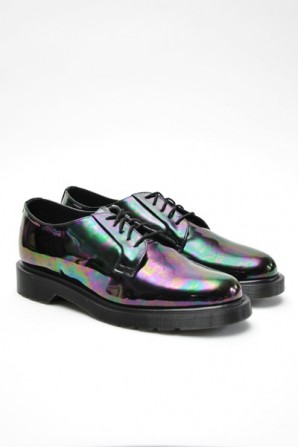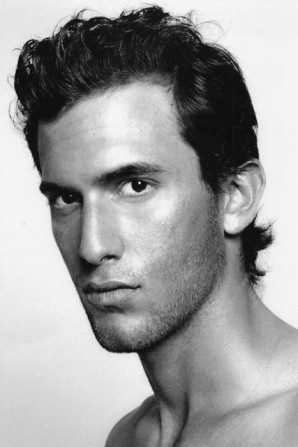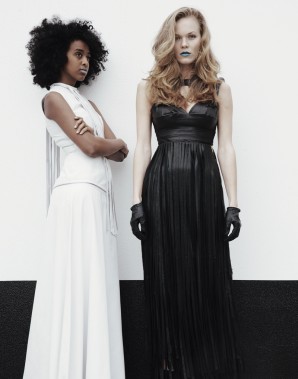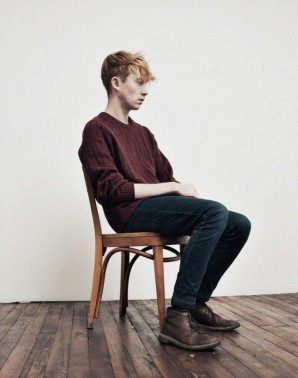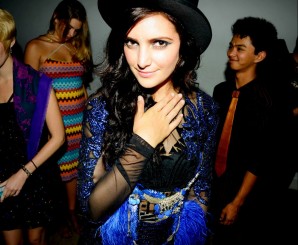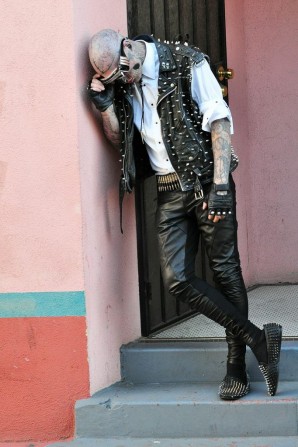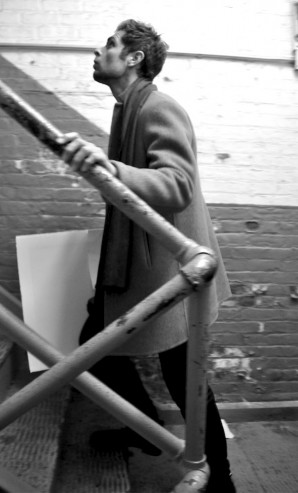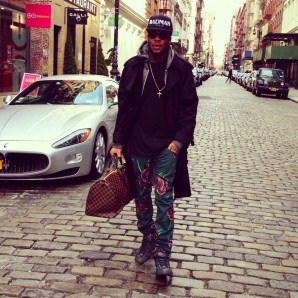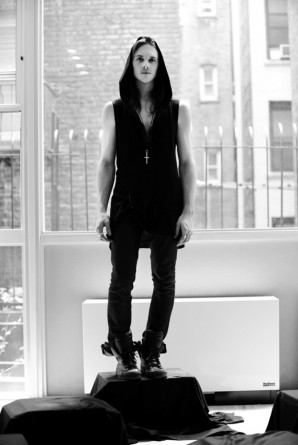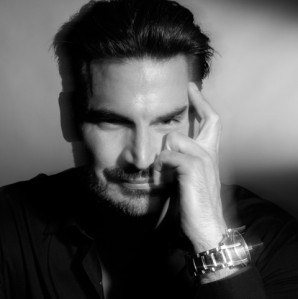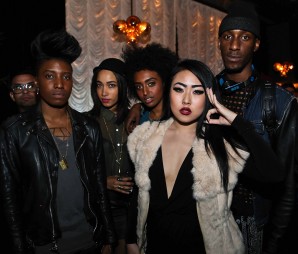TWELV takes a step back and visits the masterminds behind the camera.
MARC ENGLANDER INTERVIEW
Equally as functional as beautiful, the works of Marc Englander, a furniture designer and conceptual artist based in New York City, are simple, innovative, elegant, and distinct. His designs maintain a high level of integrity to the materials from which they are crafted. It is the striking contrast of these materials and textures that builds interest into Englander’s designs. A perfect illustration of such contrast is seen in his “coffee table No.3,” a stunning piece built from the unusual combination of sycamore wood and alabaster. The warm, rustic nature of the sycamore wood is perfectly complemented by the smooth surface and flowing patterns of the alabaster. While many of his works are great conversation starters, all of Englander’s designs are as much practical furniture as they are sculptural works of art.
In this exclusive interview, it is TWELV magazine’s pleasure to provide a closer look into the career, the designs, and the inspiration of Mark Englander.
------- Marc Englander Interview -------
1. How did you first get involved in designing furniture?
I got involved out of necessity. Well, “necessity” might be a strong word. A seven years old console was falling apart and some other things in my room were changing, so I “needed” a new console. I drew something up, a horrible sketch. But the idea was pretty good. My parents were kind enough to help me get in touch with the right person to actually produce it. It was a really fun process.
2. What was your path to becoming a furniture designer?
My friends in college were much cooler than me and all had their talent, whether it be photography, painting, or playwriting… I tried to draw but I only had ideas for furniture objects. After saving up some money, I started producing a piece or two a year as a hobby to get some space from my day job in finance.
3. We learned that you have a great passion for Japanese aesthetic. Can you tell us more about how you fell in love with it and how it influences your designs?
I was lucky enough to go to Japan when I was 5 years old. I think samurai swords caught my attention first. It’s hard to say, but I think the Japanese minimalism still retains a certain warmth to it. The uncut edges or the screw-less joints in the wood-working maintains a balance with nature that is pretty poetic.
4. Could you talk about the decision to use wood as the primary material for your designs?
Partly for economic reasons, it is a little cheaper than other materials, and durable. The grain patterns and color, I find beautiful. And conceptually, because I wanted to make unique objects out of a common material.
5. Could you talk more about where the wood comes from and what types of wood you use?
Most of the wood I have used has been organically harvested. The carpenter, who is much more skilled and experienced, and I collaborate to try and find the most holistic solutions available for each piece.
6. What is the most memorable piece of furniture you have ever seen?
I’m not sure if it has a name but there is a picture of Constantin Brancusi, a famous sculpture, sitting in this massive carved tree stump. I think it’s one of the strongest images. It might also be because Brancusi is in the photograph and I am huge fan of his work.
7. We think the coffee table No.3 thats made of sycamore wood and alabaster is a wonderful piece that balances aesthetic and functionality at the same time. Could you elaborate more on your design process on making this piece?
Thank you! I really appreciate that. I happened to see a bar at this restaurant in New York called I SODI that was made with wood shelves and white carrara marble. I thought that material combination and color combination was genius. I started sketching a few ideas with those types of materials in mind. Meanwhile, I also wanted to make something that blocked its own use but that would still be pretty, for lack of a better word. It doesn’t sound like a good joke, but I thought a coffee table that kind of pokes fun at itself by blocking a fair amount of its surface area would be funny. And I like when the eye gets a bit confused as well, so making the sycamore log appear continuous checked all those boxes. And then I chose alabaster because so much work of other great designers was in carrara. I wanted to differentiate myself a bit. It was originally supposed to be frosted alabaster which has a near glass-like appearance but unfortunately, or rather fortunately, that came out glossy. Some mistakes are important.
8. What is the biggest challenge of your work, and what’s the most rewarding?
The biggest challenge is finding creative solutions to engineering and structural problems so as not to sacrifice desired materials or appearance. The most rewarding is seeing something that was once in your head exist in reality. (I hope that doesn’t sound cheesy or cliché.)
9. We noticed that each piece of your designs maintains a high level of integrity to the materials presented. Could you talk more about how do you manage to accomplish that?
I think that it is important for there to be an authentic connection between what the piece looks like it is made out of and what it is actually made out of. I try to avoid using composite materials and veneers to get the forms intended. And if the material I had in mind can’t bend or support itself in the way I drew it, I will work with the producer to either use a different material entirely, change the design, or both. I try not to be married in my head to the result.
10. Have you ever encountered creative blocks? And if so, how do you deal with it?
There are always difficulties and setbacks. I can’t really speak to all in general. They have all been pretty specific so far.
11. Can you give us some good piece of creative advice?
I don’t think I’m very good at giving advice. Maybe ask someone older than me. But my favorite piece of creative advice I ever read was in Letters to a Young Poet by Rainer Marie Rilke. The gist was to go inward and be bold, not to relay too much on collaborating or what other contemporary designers are necessarily doing. It is obviously crucial to know what is going on in your world. It’s a paradox.
12. Anything else you’d like to add about your designs, career, what you like to do in your free time?
Well, I used to design during my free time out of the office. So now, my free time is free. But luckily, I still enjoy designing… so it still feels like free time.
INTERVIEWED BY QIANRAN YUAN
related posts
IKEMEN #24: LUKE ABBY
IKEMEN (ē´k´mɛn): Japanese Slang
"REALLY, REALLY, RIDICULOUSLY GOOD LOOKING PEOPLE"
ERIN FETHERSTON EXCLUSIVE INTERVIEW
NAME: Erin Fetherston
ORIGIN: California
OCCUPATION: Fashion Designer
CRYSTAL KAY EXCLUSIVE INTERVIEW
NAME: Crystal Kay
ORIGIN: Yokohama, Japan
OCCUPATION: Performer and musician
IKEMEN #23: ANSONI
IKEMEN (ē´k´mɛn): Japanese Slang
"REALLY, REALLY, RIDICULOUSLY GOOD LOOKING PEOPLE"
IKEMEN #22: ADAM SPOONT
IKEMEN (ē´k´mɛn): Japanese Slang
"REALLY, REALLY, RIDICULOUSLY GOOD LOOKING PEOPLE"
BABËL New York Celebrates 1 Year Anniversary With Two Day Event of Excess and Splendor
BABEL NEW YORK acclaimed the NYC party scene in celebration of their First Year Anniversary. As temperatures begin to heat up in NYC, there is no better locale than the much desired rooftop.
BEHIND THE SCENES #2: LUIGI MURENU
TWELV's Behind the Scenes takes a step back and visits the masterminds behind the camera.
IKEMEN #21: MICHELLE VON MANDEL
IKEMEN (ē´k´mɛn): Japanese Slang
"REALLY, REALLY, RIDICULOUSLY GOOD LOOKING PEOPLE"
IKEMEN #20: GEORGE INAKI
IKEMEN (ē´k´mɛn): Japanese Slang
"REALLY, REALLY, RIDICULOUSLY GOOD LOOKING PEOPLE"
DEBORAH ANN WOLL: ALL THE WORLD'S A STAGE
Deborah Ann Woll’s voice glows when she speaks, as warm and full as her golden red hair.
NEVE CAMPBELL: LOSE YOURSELF TO DANCE
Carrying over two decades of the industry on her back, there aren’t many women with the grace and stoicism of Neve Campbell.
GARETH PUGH: ORGANIZED CHAOS
Gareth Pugh is a study in contrasts; balancing the demands of what is created and what is worn; what is in a designer’s control and what is in the hands of the wearer; what must be planned and...
LAKE BELL: THE GREAT LAKE
Lake Bell has made a name for herself as a charming, beautiful, and witty New Yorker capable of indie and blockbuster success (“It’s Complicated”, “No Strings Attached”, “Children’s Hospital...
FRIDAY'S FW PARTY
With Fashion Week’s second day over, Friday night was primetime for some of the most prominent designer to celebrate their successes over a glass of champagne.
IKEMEN #19: SAMAR SAJJAD
IKEMEN (ē´k´mɛn): Japanese Slang
"REALLY, REALLY, RIDICULOUSLY GOOD LOOKING PEOPLE"
Happy Birthday, Kate the Great!
Happy birthday to everyone’s favorite super model Kate Moss. The Brit enters her 40th year with grace, and she looks better than ever.
Lady Gaga's ArtPop Ball
Lady Gaga is back, and this time, it’s not just to perform.
IKEMEN #18: KEIICHIRO NAKAJIMA
IKEMEN (ē´k´mɛn): Japanese Slang
"REALLY, REALLY, RIDICULOUSLY GOOD LOOKING PEOPLE"
IKEMEN #16: KAROLYN PHO
IKEMEN (ē´k´mɛn): Japanese Slang
"REALLY, REALLY, RIDICULOUSLY GOOD LOOKING PEOPLE"
Futura Bold
Futura came up in the grimy, visceral environment of New York City’s early 1970’s street culture of tagging, bombing and writing graffiti – making their art not in the city, but on top of it.
FROM AUSTRALIA WITH LOVE: WHAT I'VE LEARNED SO FAR
Buyer’s Regret: It’s just like buyer’s remorse only in reverse. And it is a fashion crime that I have and will probably continue to commit time and time again.
IKEMEN #15: EDOARDO IANNUZZI
IKEMEN (ē´k´mɛn): Japanese Slang
"REALLY, REALLY, RIDICULOUSLY GOOD LOOKING PEOPLE"
FROM AUSTRALIA WITH LOVE: Designer Profile of Gabriella Ferrante
I find that Australia’s fashion industry can sometime be accused of playing catch-up with other, bigger and more cosmopolitan locations (i.e. Paris, London etc…) This needn’t be the case.
IKEMEN #14: Joao Veiga de Aguiar
IKEMEN (ē´k´mɛn): Japanese Slang
"REALLY, REALLY, RIDICULOUSLY GOOD LOOKING PEOPLE"
FROM AUSTRALIA WITH LOVE: PRETTY BOYS DON'T BUY THEIR OWN DRINKS
Its no secret if you know me – I like to drink.
IKEMEN #13: NATALIE O'BRIEN
IKEMEN (ē´k´mɛn): Japanese Slang
"REALLY, REALLY, RIDICULOUSLY GOOD LOOKING PEOPLE"
IKEMEN #12: KRISTIN PRIM
IKEMEN (ē´k´mɛn): Japanese Slang
"REALLY, REALLY, RIDICULOUSLY GOOD LOOKING PEOPLE"
ARTIST, MODEL, AND LIVING PIECE OF ART: ZOMBIE BOY
From Zombie Boy to living icon, Rick Genest isn’t just Nicola Formichetti’s muse anymore.
IKEMEN #11: JAY PAAVONPERA
IKEMEN (ē´k´mɛn): Japanese Slang
"REALLY, REALLY, RIDICULOUSLY GOOD LOOKING PEOPLE"
DON'T CALL DELANO BROWN A DESIGNER
TWELV met up with the always-unpredictable artist Delano Brown for lunch in Bryant Park.
IKEMEN #10: LOGAN NEITZEL
IKEMEN (ē´k´mɛn): Japanese Slang
"REALLY, REALLY, RIDICULOUSLY GOOD LOOKING PEOPLE"
Rocco Leo Gaglioti
Who are you?
Rocco Leo Gaglioti Creator/Host of Fashion News Live and Owner/CEO of RLG Productions, Corp.
NICOLA FORMICHETTI TUMBLR MEETUP HIGHLIGHTS
“My job feels more like a hobby than a job, really; it’s always fun,” says Nicola Formichetti for TWELV’s second issue.

